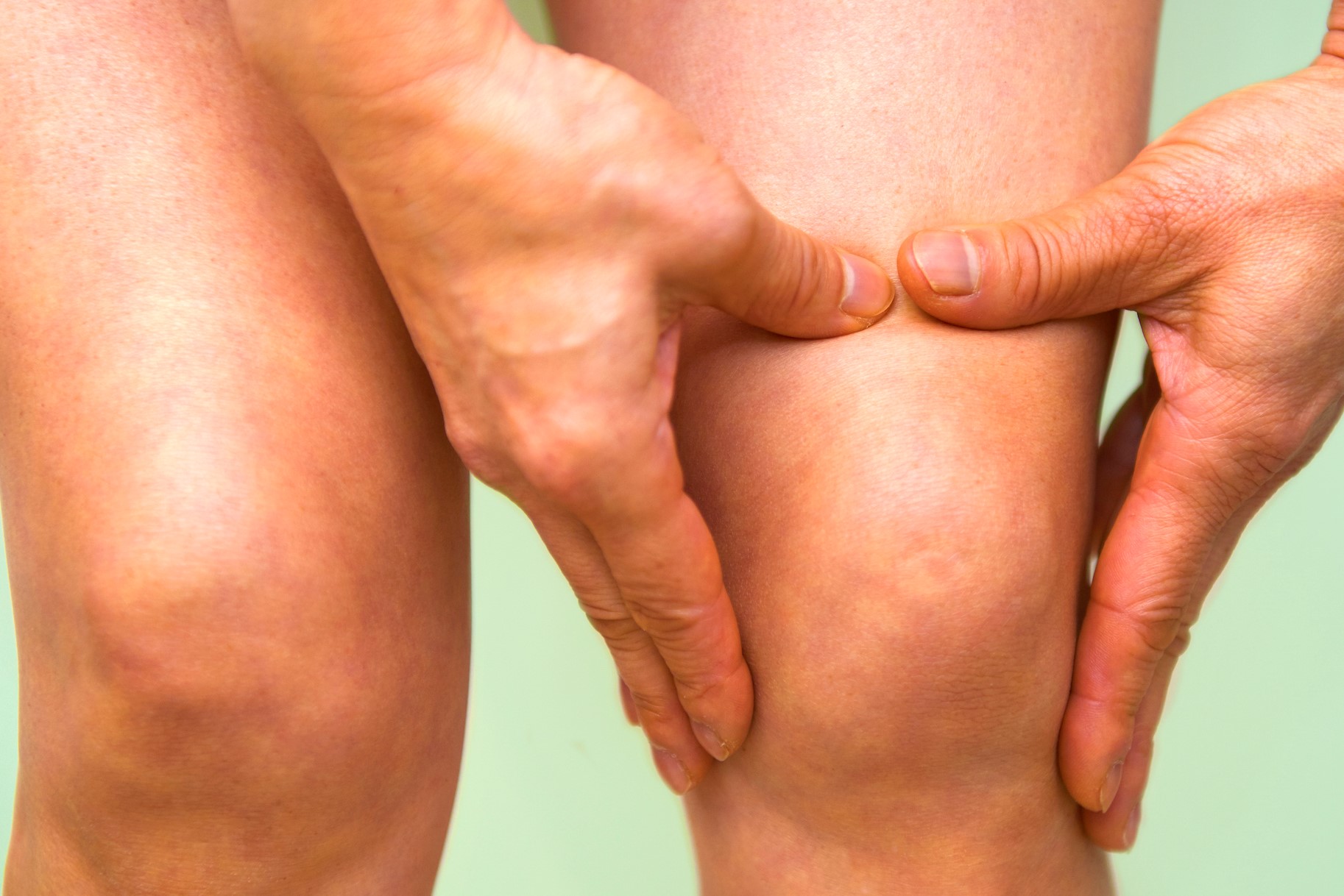
How to prevent arterial disease: some information for the citizen
Peripheral arterial disease affects the arteries of the upper extremities and, even more frequently, those of the lower extremities
Arterial disease is a disease that can affect the arteries of any site in our body
The cause is narrowing or blockage of the arteries.
Specifically, of the so-called arterial lumen, with the consequent decrease in blood and oxygen flow.
Peripheral arterial disease affects the arteries of the upper extremities (arms) and, even more frequently, those of the lower extremities (legs).
It is generated by the accumulation of fatty deposits (cholesterol) in the walls of the arteries, atherosclerosis, typically also associated with a general hardening of the walls of the arteries with loss of elasticity (called arteriosclerosis).
The recognition and adequate treatment of arterial disease is essential to preserve the limb (avoiding its loss in the most serious cases) and avoid cardiovascular events such as stroke.
The prognosis depends on the timeliness of the diagnosis, the seriousness of the obstruction and the scrupulosity with which the prescribed therapy is followed.
In order to prevent this type of circulatory system disease, it is advisable to adopt a healthy lifestyle that includes a balanced diet and regular physical activity.
Symptoms of arterial disease
In the mildest forms, peripheral arterial disease may be asymptomatic, but as the obstruction progresses, disorders such as:
- cramp-like muscle pain in the legs (especially in the calf) (intermittent claudication), or even in the arms when performing activities; the pain may disappear after a few minutes of rest and its location is linked to the position of the affected artery
- numbness or weakness in the affected limb
- change in color and temperature of the affected limb (which will be colder)
- skin of the affected limb shinier, with possible delays in the growth of hair and nails, up to, in the most serious cases, the appearance of sores
- erectile dysfunction in men in the most serious cases.
There are some factors that can predispose to the development of peripheral arterial disease such as:
- a registered age of more than 50 years; it is estimated that one in 3 over-70s may be affected
- gender, men are in fact more predisposed than women to this type of disease
- condition of overweight and obesity
- high pressure
- diabetes mellitus
- cholesterol and triglycerides above normal
- high levels of homocysteine (an amino acid present in the blood which represents an oxidative stress factor for the body).
Prevention of arterial disease
In addition to the risk factors mentioned above, some bad habits, such as cigarette smoking, an unhealthy diet and excessive sedentary lifestyle, can contribute to the onset of peripheral arterial disease.
Therefore it is of fundamental importance to change one’s lifestyle, in order to safeguard the health of the arteries.
With this in mind, it will be necessary to stop smoking, follow a balanced diet and practice regular physical exercise.
Even a simple walk, carried out on a daily basis, can be of importance in prevention and is to be considered an integral part of the treatment of arterial disease.
In particular, with regard to the diet to be adopted, there is a 2017 study conducted by the New York University School of Medicine.
The study published in the journal Arteriosclerosis Thrombosis and Vascular Biology confirms the benefits deriving from the consumption of fruit and vegetables for the purpose of reducing the risk of developing peripheral arterial disease.
DO YOU WANT TO KNOW RADIOEMS? VISIT THE RADIO BOOTH DEDICATED TO RESCUE IN EMERGENCY EXPO
Read Also
Emergency Live Even More…Live: Download The New Free App Of Your Newspaper For IOS And Android
Peripheral Arteriopathy: Symptoms And Diagnosis
Arteriopathy: The Role Of Prevention
Diseases Of The Heart: Postural Orthostatic Tachycardia (POTS)
The Thousand Faces Of Vascular Disease
Heart Attack, Some Information For Citizens: What Is The Difference With Cardiac Arrest?
Cardiovascular Diseases: Is It Possible To Prevent A Heart Attack?
In-Depth Analysis Of The Heart: Cardiac Magnetic Resonance Imaging (CARDIO – MRI)
Heart Attack Symptoms: What To Do In An Emergency, The Role Of CPR
Heart Attack: Guidelines For Recognising Symptoms
What Is The Difference Between Pacemaker And Subcutaneous Defibrillator?
What Is An Implantable Defibrillator (ICD)?
What Is A Cardioverter? Implantable Defibrillator Overview
Paediatric Pacemaker: Functions And Peculiarities
Cardiac Arrest: Why Is Airway Management Important During CPR?
RSV (Respiratory Syncytial Virus) Surge Serves As Reminder For Proper Airway Management In Children
Supplemental Oxygen: Cylinders And Ventilation Supports In The USA
Heart Disease: What Is Cardiomyopathy?
Inflammations Of The Heart: Myocarditis, Infective Endocarditis And Pericarditis
Heart Murmurs: What It Is And When To Be Concerned
Broken Heart Syndrome Is On The Rise: We Know Takotsubo Cardiomyopathy
Cardiomyopathies: What They Are And What Are The Treatments
Alcoholic And Arrhythmogenic Right Ventricular Cardiomyopathy
Difference Between Spontaneous, Electrical And Pharmacological Cardioversion
What Is Takotsubo Cardiomyopathy (Broken Heart Syndrome)?
Dilated Cardiomyopathy: What It Is, What Causes It And How It Is Treated
Heart Pacemaker: How Does It Work?
Paediatric Implantable Cardioverter Defibrillator (ICD): What Differences And Peculiarities?
Heart Attack, Prediction And Prevention Thanks To Retinal Vessels And Artificial Intelligence


